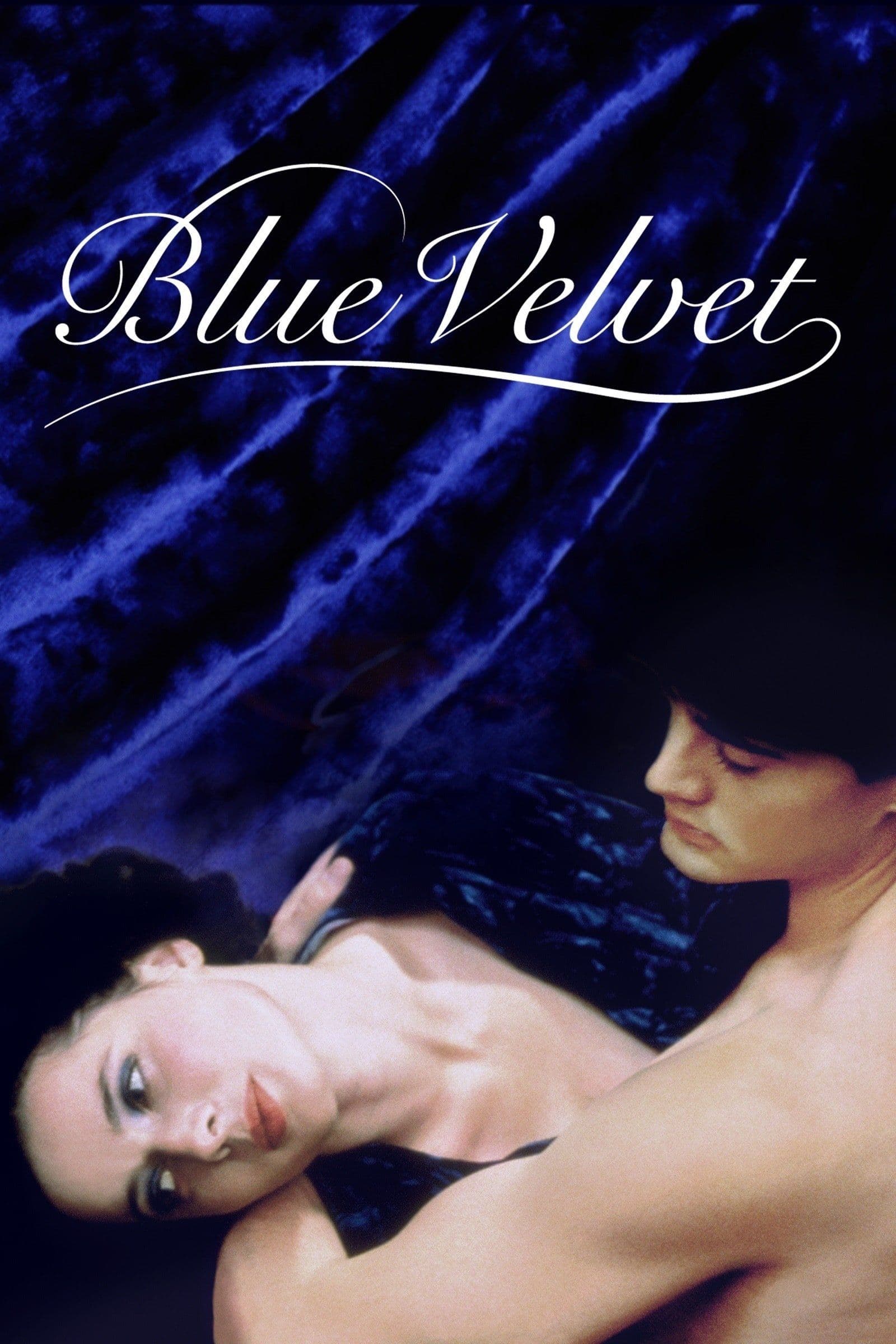
Blue Velvet
1986
Rate this movie
Average: 3.50 / 5
(2 votes)
Director
The discovery of a human ear by a student in a field near his home marks the beginning of a disturbing story with profound symbolic undertones. Not a mere narrative pretext, but a veritable sensory organ that serves as a portal to a hidden world, a gateway to the unspeakable lurking beneath the polished surface of small-town America. This biological fragment, pulsating with mystery, immediately becomes a metaphor for voyeurism, forbidden listening, the forced immersion into an otherwise concealed reality—an invisible eye, or rather, an ear, that drags the spectator and the protagonist, Jeffrey, into an abyss of perversion and grotesque beauty.
The ear as a metaphor for the auditory experience is the theme Lynch explores throughout the film, starting with Bobby Vinton's song “Blue Velvet,” an ode to sugary and nostalgic love that is perverted and distorted into a mantra of terror and submission. The soundtrack, composed by the faithful Angelo Badalamenti, is a symphony of contrasts: alluring and melancholic melodies clash with the unsettling background noises that here and there punctuate the film with an asphyxiating and teeming atmosphere. These are indistinct hums, metallic squeaks, shrill laughter, and menacing whispers emerging from the depths, creating an auditory claustrophobia that is as psychological as it is physical, culminating in the protagonist's alluring and sensual voice which, like a subtle enchantment, exerts an inescapable fascination for the listener, a siren call promising perdition and revelation. Lynch elevates sound design to a co-protagonist, transforming silence into menace and din into confession, painting a soundscape that is as vivid and unsettling as the visuals.
The investigation into the severed ear leads Jeffrey to the home of Dorothy Vallens, an enchanting nightclub singer. She is the archetype of the Lynchian femme fatale, fragile and indomitable, both victim and perpetrator of her own inextricable web of impulses. Jeffrey, a young and seemingly innocent student, is ensnared not only by the mystery but by an irresistible fascination with the dark, a latent curiosity that compels him to cross the threshold of the ordinary, gradually shedding his bourgeois naiveté. His descent is not passive, but a choice, almost an initiation into the most hidden and perverse aspects of existence.
He will find himself, against his will, entangled in a story of grotesque contours where reality and fiction are intertwined in the same unexplored territory. The boundary dissolves, and what appears to be a peaceful provincial town – Lumberton, North Carolina – reveals itself as a bourgeois hell, a waking nightmare where the veil of respectability is torn away to expose the primal urges bubbling beneath. Lynch's narrative does not follow the linear logic of a classic thriller, but moves by associations, nightmares, and awakenings, immersing the viewer in a dreamlike dimension that is the true protagonist.
David Lynch, restless and disquieting, delves into the underground network that flows like a subterranean sap beneath the city, around us. It is the realm of the collective unconscious, the Freudian kingdom of the Id, where the darkest impulses and repressed desires find release. This descent into abjection is a constant in Lynch's filmography, from Eraserhead to Twin Peaks, from Lost Highway to Mulholland Drive, where the facade of comforting Americana is systematically torn open to reveal the rot and violence that permeate it. It is a subtle yet ferocious critique of 1980s Reaganite rhetoric, of the illusion of a pure and irreproachable society, revealing its hypocrisies and hidden violences.
An invisible zone where events unfold, seeming to live a parallel and unknowable life separate from the external world. Here, reason gives way to instinct, morality bends to perversion, and innocence violently clashes with corruption, leaving indelible scars. The result is a dark work that begins from the surface light, that of blue skies and blooming gardens, to reach the most tenebrous recesses of the human soul, revealing an intrinsic duality at the heart of the human condition: the unceasing tension between the desire for order and the seduction of chaos.
A grateful remembrance to the late Dennis Hopper, involved here in a truly sinister role, portraying a shady and violent figure who appears multiple times in the plot: a masterful performance that lends luster to the entire work. Frank Booth is not just a villain; he is a force of nature, a pure embodiment of primordial evil. With his oxygen tank simulating a perverse rebirth, his vulgar and obsessive language ("Daddy," "Mommy"), and his insatiable thirst for power and destruction, Hopper creates an iconic character, an entity pulsating with terror and repulsive attraction. His performance is not mere acting, but a total immersion that exudes madness and sadism, setting the standard for future Lynchian antagonists.
The entire photographic design of the film is aimed at achieving a dreamlike effect, fostering an atmosphere that is perpetually uncertain, stuttering, blurred. The color palette, in particular, is used with mastery: the velvet blue of the title, evoking the darkness of night and the mystery of the unconscious, contrasts with vivid red, the color of passion, blood, and danger. Lynch and cinematographer Frederick Elmes play with light and shadow, creating a chiaroscuro that not only defines space but also the psychological state of the characters, enveloping them in an aura of suspense and ambiguity that makes every frame a pictorial work of art. The aesthetic is influenced by classic film noir as much as by surrealist painting, with images that float between reality and a disturbed dream.
A marvelous scene is the one where Jeffrey, hidden in a closet, spies on Dorothy's return home, succumbing to her sinisterly erotic allure and ultimately being discovered by the woman. It is the climax of his voyeuristic journey, a point of no return where the observer becomes part of the horror he observes. Brandishing a knife, Dorothy spreads her soft sensuality over him, ensnaring him in a game balanced between Eros and Thanatos, between pristine skin and scarlet blood. Here, the immaculate white of the flesh meets the red of violence and forbidden desire, in an orgy of symbols that explores the darkest boundaries of sexuality and trauma. The scene is not just a moment of suspense or disturbing eroticism, but a profound analysis of human impulses, the power of seduction, and the intrinsic violence that can lie behind the softest surface. Jeffrey is not merely a victim, but an active participant, fascinated and frightened, who discovers his own capacity to indulge in the dark, emerging transformed from this immersion into perversion. Blue Velvet remains a disturbing and hypnotic masterpiece, a descent into the abyss of the soul that never ceases to unsettle and fascinate, solidifying David Lynch's place as one of the greatest visionaries of modern cinema.
Country
Gallery
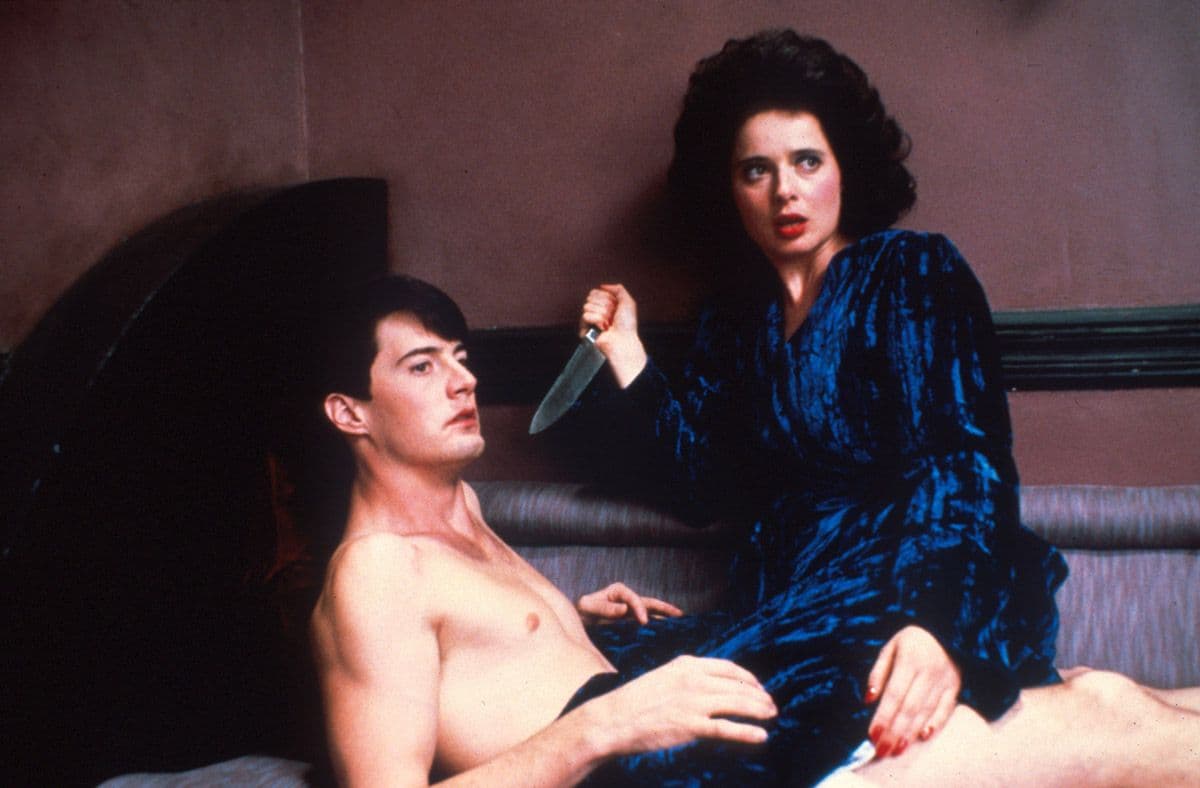
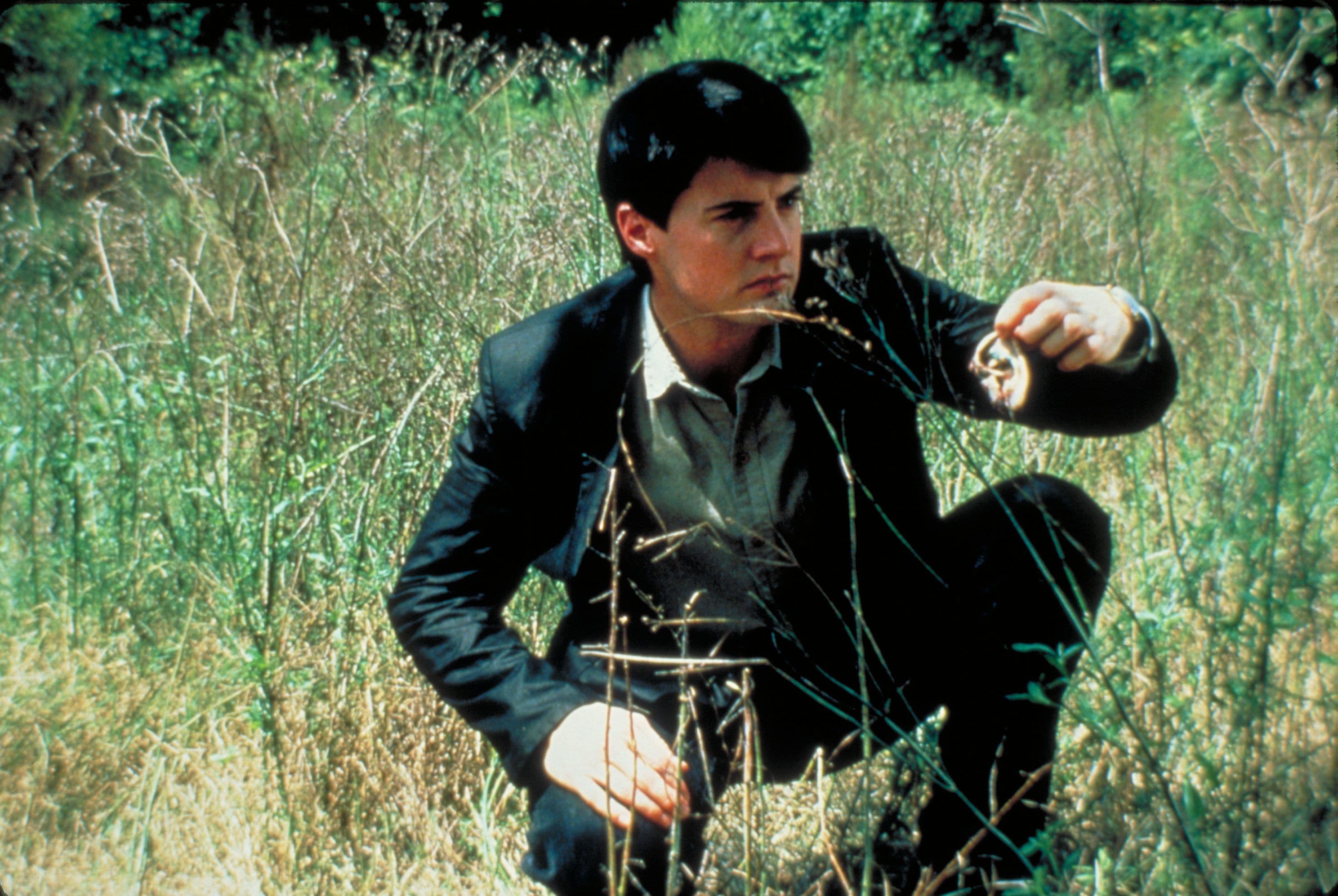
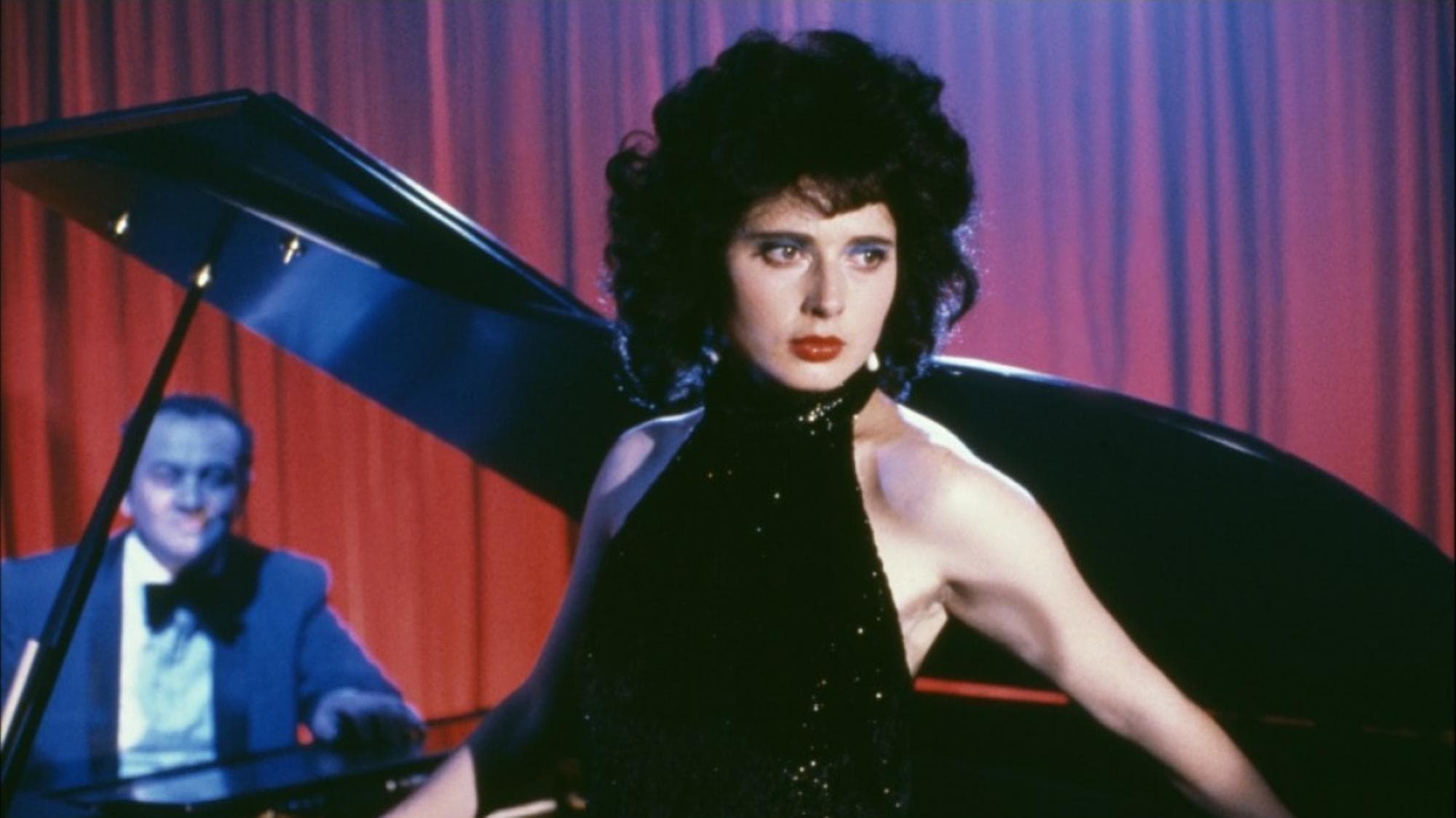


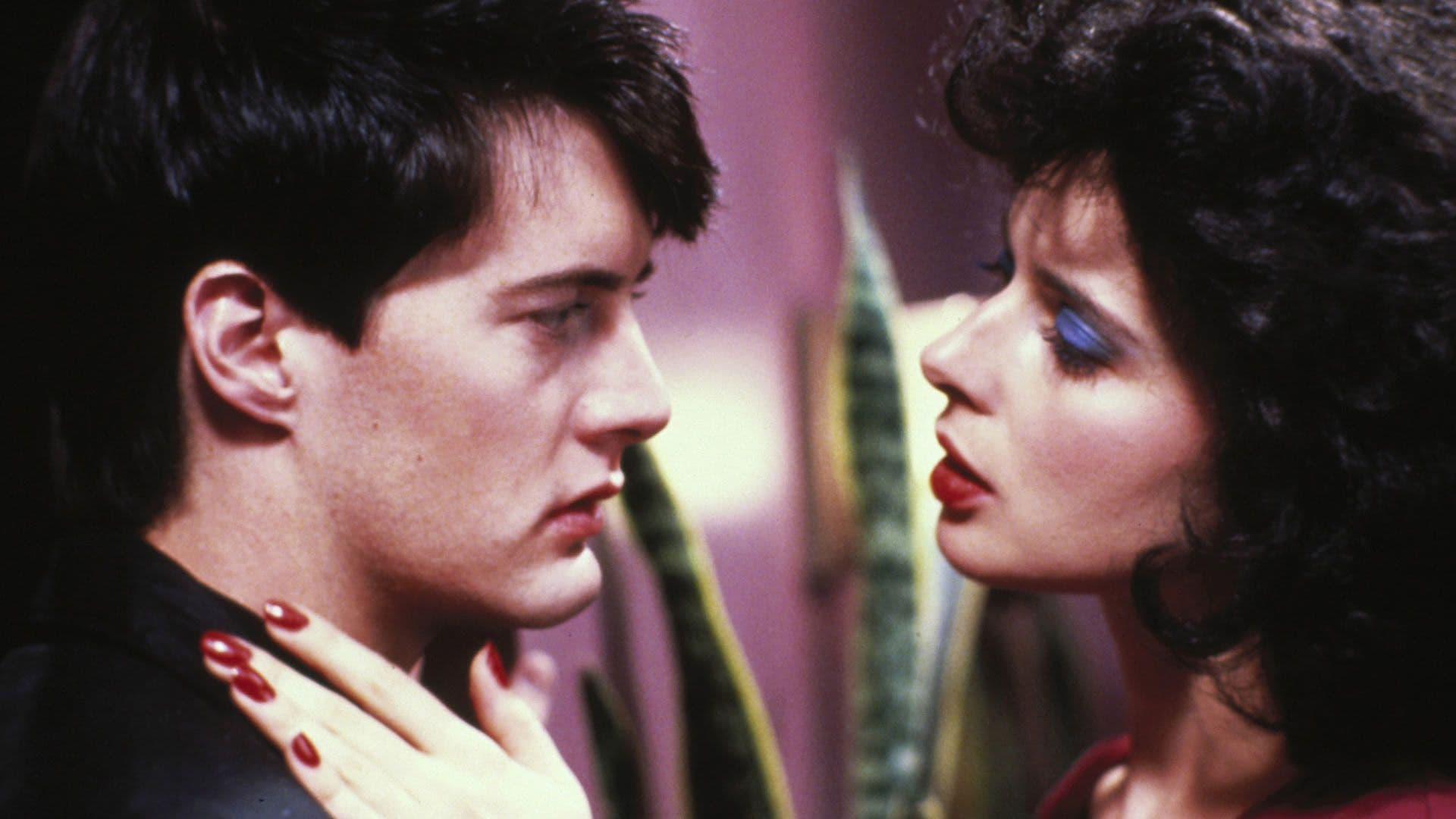
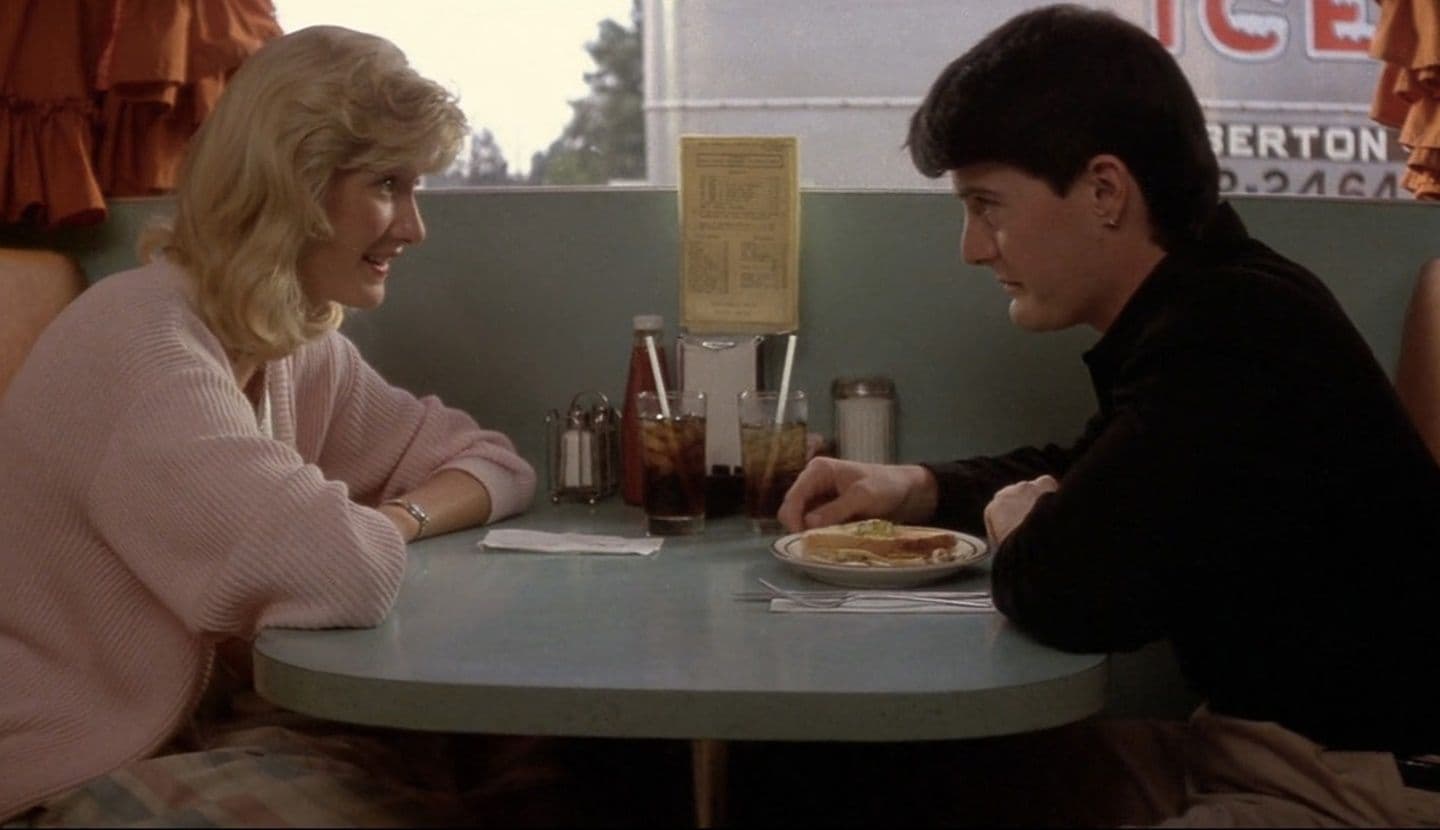
Featured Videos
Official Trailer
Comments
Loading comments...